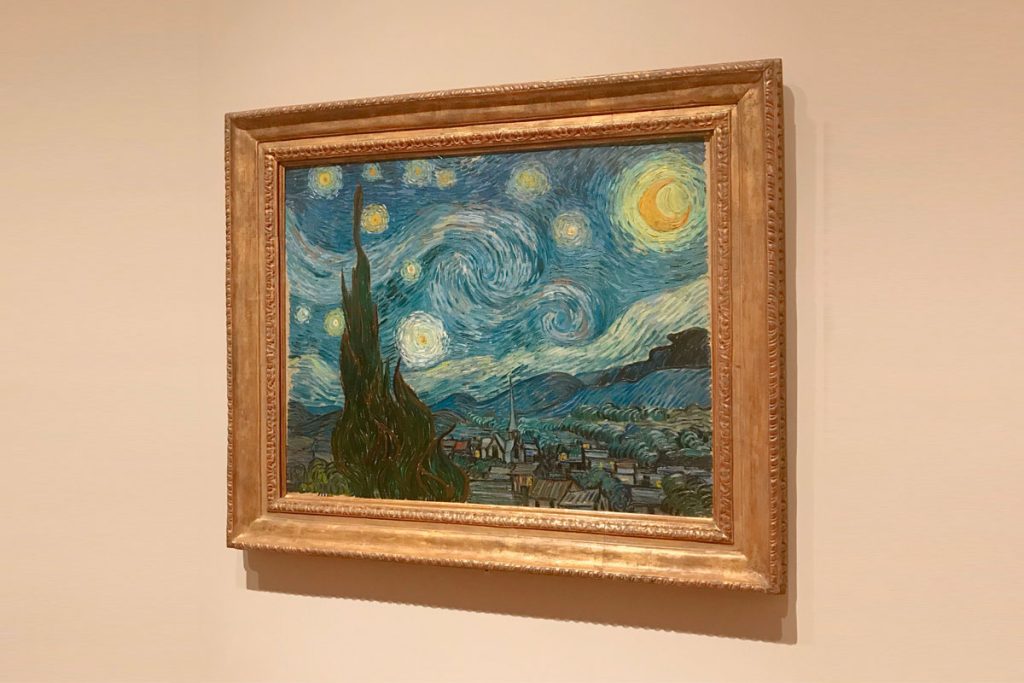Vincent van Gogh’s life was as turbulent as his art was vivid. Beneath the layers of swirling paint and brilliant color was a man who lived in constant tension with society, family, and himself. His story carries moments that could easily be called scandalous—episodes of poverty, obsession, rejection, and mental collapse that shocked those around him and later fed into the myth of the tortured artist.
Early Conflicts
Van Gogh was born in 1853 in the Netherlands, the son of a Protestant pastor. From the start, he clashed with authority. He failed as an art dealer, a teacher, and even as a missionary. His family often viewed him as a disappointment. His refusal to follow traditional paths fueled gossip and made him an outsider long before he ever picked up a brush seriously.
The “Scandalous” Relationships
Van Gogh’s love life caused uproar in his strict Dutch community. He fell obsessively in love with women who rejected him, including his widowed cousin Kee Vos, whom he pursued relentlessly despite her refusal. He also lived with and supported Sien Hoornik, a pregnant sex worker, which scandalized his family and the church. His brother Theo eventually pressured him to end the relationship, but this period revealed Van Gogh’s pattern of desperate attachments and disregard for social expectations.
Poverty and Dependence
Van Gogh never achieved financial independence. He lived in extreme poverty, often unable to afford food, canvases, or paints. His clothes were ragged, and he was frequently ill. He survived almost entirely on the support of his younger brother Theo, who sent him money and supplies. This dependence strained their relationship, but it also allowed Van Gogh to continue producing art at a feverish pace.
The Ear Incident
Perhaps the most infamous scandal came in 1888, when Van Gogh was living in Arles, France. After a heated argument with fellow artist Paul Gauguin, Van Gogh mutilated his own ear (or part of it, accounts differ) and delivered it to a local brothel. The act horrified locals and led to his hospitalization. To this day, historians debate whether he cut it himself or if Gauguin played a role, but the incident cemented his reputation as unstable and dangerous.
Institutionalization and Decline
Van Gogh spent time in psychiatric institutions after the ear episode. His neighbors in Arles petitioned to have him removed, calling him “the redheaded madman.” He continued to paint prolifically during his confinement, but his behavior—raving, hallucinations, paranoia—kept him on the edge of scandal. For many, he was both a curiosity and a cautionary tale.
The Final Act
In 1890, at just 37, Van Gogh died from a gunshot wound in Auvers-sur-Oise. The official story is that he shot himself in a wheat field and staggered back to the inn where he was staying, dying two days later. Yet even his death carries scandalous mystery: some historians suggest he may have been shot by local boys who bullied him, and that Van Gogh, weary of life, refused to expose them.
Van Gogh’s life was a storm of rejection, illness, obsession, and poverty, punctuated by moments of shocking behavior that unsettled everyone around him. Yet out of that chaos, he left behind nearly 900 paintings and over a thousand drawings—works that the world once dismissed but now sees as some of the most important in art history.

